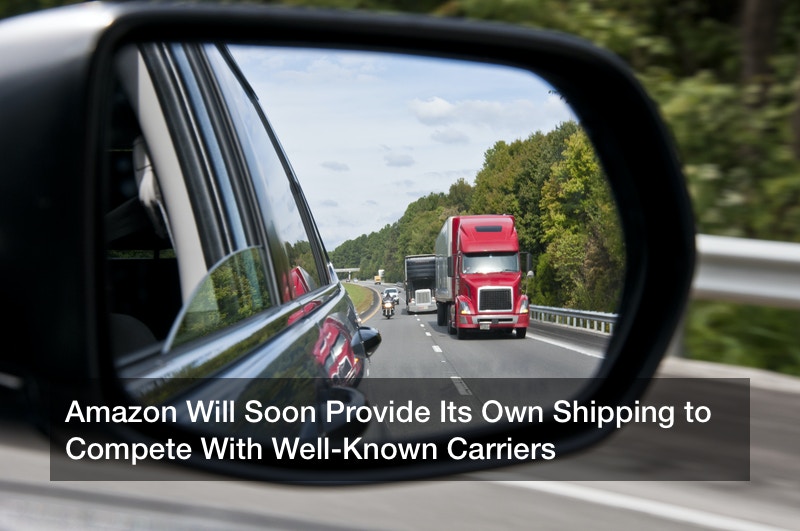There’s no doubt that the e-commerce realm has grown exponentially over the last several years. Currently, U.S. e-commerce revenue is valued at around $423.3 billion and is steadily climbing. Of course, it goes without saying that the biggest success story in this realm is Amazon. What started out as an alternative to Barnes and Noble has blossomed into a hub that provides anything and everything — and now, the corporate giant is going to be taking care of its own shipping, too.
According to the International Chamber of Shipping, the international shipping industry carries approximately 90% of all world trade. And as the online retail sector has grown, it’s no surprise that shipping has become a huge priority for the average consumer. Amazon Prime customers are able to benefit from lightning-fast shipping times, though this has come with a cost to the environment. Although Amazon has announced that all of its customer shipments will eventually become net zero carbon and that 50% of all of its shipments will become net zero by 2030, customers likely won’t be willing to sacrifice speed completely for the sake of sustainable practices.
That could very well be why Amazon seems to be expanding its in-house shipping practices. Formerly, Amazon Shipping was handling only small shipments between third-party merchants and Amazon warehouses in Los Angeles. At that time, Amazon Shipping wasn’t being used to deliver the final packages to the homes of customers. But now, Amazon has reportedly expanded its beta program to include merchant-to-customer deliveries. And according to research, Amazon now handles its own shipping for 26% of online orders, thanks to new regional hubs, recently acquired vans, and the addition of 50 planes to its Amazon Air fleet.
Back in December, Amazon noted in a press release that the company can “transport hundreds of thousands of packages per day” and that the aircraft fleet makes “two-day shipping possible almost anywhere in the U.S.”
Although Amazon has considered UPS and FedEx to be partners for years, Amazon CFO Brian Olsavsky recently said that the company can now ship many of its parcels for far less than it would have to pay a third party to do so. Last quarter, Amazon’s own shipping costs increased by 23%, a spike equal to about $9 billion. Since the company spent $27 billion on shipping during 2018, bringing shipping responsibilities in-house would be far more cost-effective. In fact, experts have estimated that Amazon will pay around $6 per box to ship themselves versus the $8 or $9 they’d have to pay FedEx or UPS to ship the same package. That could translate to at least a couple of billion dollars in savings. More than that the branded vehicles serve as mobile advertisements. Since it’s been reported that customer interest can increase by 30% based on packaging, Amazon’s delivery fleet will be making quite a few impressions.
In addition, the move could speed things up due to increased control. Instead of having to blame UPS or FedEx when deliveries are late, Amazon will have more power over the supply chain — and therefore can provide better customer service. That may be welcome news to Amazon devotees who hate to wait even 48 hours for their orders to be delivered. Tor the record, however, FedEx isn’t too worried about having to view Amazon as competition.
For now, we’ll have to wait and see what effect the switch has on the average customer and whether there will be any negative outcomes for the planet. It’s doubtful that the e-commerce industry will be slowing down anytime soon, and it’s probable that Amazon will continue to remain top dog in a sector that provides so much convenience to consumers.

